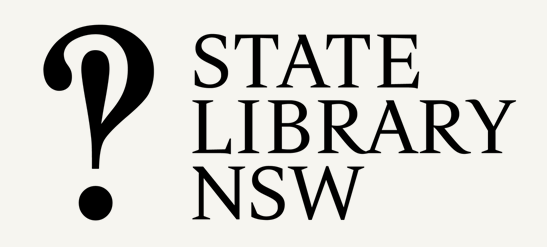NSLA libraries commission and collect oral history recordings as part of our role in collecting, preserving and making accessible Australia’s and New Zealand’s cultural heritage. These guidelines are for use by people who want to create or donate oral history recordings to NSLA libraries’ collections.
Oral history is a research methodology involving “extended, recorded interviews undertaken for a particular purpose and often with a view to eventual archiving for preservation and public access” (source: Oral History Australia). It involves an audio or video recording of peoples’ memories of their unique life experiences in a planned, structured interview.
Most NSLA libraries commission oral histories in line with their collecting priorities. These are carefully planned projects, working collaboratively with oral history interviewers and interviewees. They are initiated and overseen by the commissioning library.
Some libraries also welcome proposals from researchers, academics, students, community historians, and interested members of the public for oral history projects that complement their collection development priorities.
Working with NSLA libraries on oral history projects
1. Contact the library
If you have an idea for an oral history interview or are recording oral histories for a project that you think meets a library’s collecting criteria it is essential that you contact the team responsible before you commence. Contact details can be found on each library’s website; links to information and contact details current at the time of writing are included in Appendix 1 of this document.
Once you have discussed your proposal, the library will advise you of next steps, such as submitting a proposal document and/or project plan, as well as any technical or equipment requirements.
2. Recording standards
The international archival standards for oral history recordings are set by the International Association of Sound and Audiovisual Archives. Interviews should be recorded using the following minimum parameters:
- 48kHz recording frequency
- 24-bit bit depth
- uncompressed .wav files
- stereo recordings using separate microphones for interviewer and interviewee, on a recorder that enables each input to be controlled separately.
3. Recording equipment
Digital equipment used to record oral history interviews must be high-quality. Some libraries require the use of their own recording equipment and training in how to use it, others allow interviewers to use their own equipment as long as it meets quality requirements.
4. Training
Anyone proposing an oral history project is expected to have a level of knowledge of oral history best-practice, including project planning, ethics and permissions, interview techniques, file management and transcribing. As well as university and accredited training, workshops are offered by state associations of Oral History Australia and by the National Library of New Zealand. Some libraries may have additional training requirements.
5. Deliverables
The library you are working with will give you details of everything you need to deliver to complete the project. Each library has its own forms and specifications for documentation. Generally, deliverables will include:
- digital files of all recordings
- transcripts
- completed forms relating to copyright and conditions of use (such as an interviewee’s access restrictions)
- a photograph of the interviewee.
Donating existing oral history recordings to a NSLA library collection
If you are considering donating existing recordings to a NSLA library, it is essential that you contact the library first to discuss whether it is appropriate for their collection. (See Appendix 1 of the document below for library contact details.)
Whether recordings are historical or contemporary, made by professionals or amateurs, they will be considered according to the library’s current collecting priorities, existing collections and the significance* of the item in regard to its topic and/or interviewee.
Generally, donations must be accompanied by relevant copyright and conditions of use permissions. Exceptions may be made for recordings of high significance.
* Significance can be defined as “the historic, artistic, scientific, social or spiritual values that items and collections have for past, present and future generations.” Significance 2.0, Collections Council of Australia Ltd, 2009









